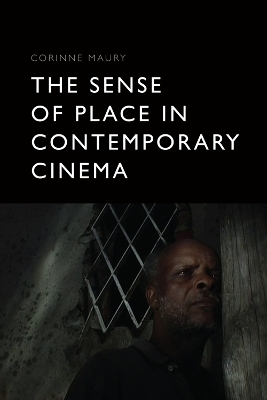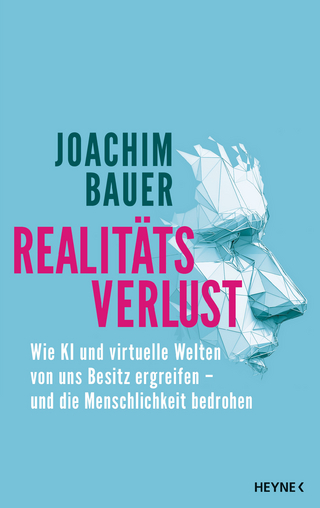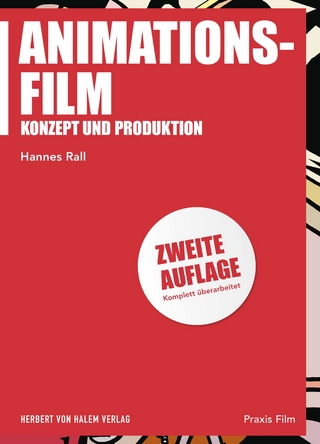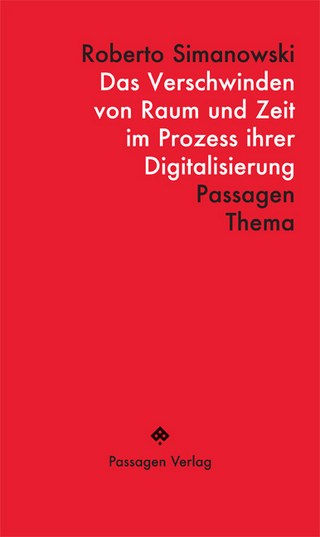
The Sense of Place in Contemporary Cinema
Seiten
2024
Edinburgh University Press (Verlag)
978-1-3995-0140-8 (ISBN)
Edinburgh University Press (Verlag)
978-1-3995-0140-8 (ISBN)
Examines the purpose that place serves in films
What purpose does place serve in films? When it is not just a background to actions, or indistinguishable from the landscape, or a simple space to walk through, a kind of neutral territory? Such filmmakers as Chantal Akerman, Lisandro Alonso, Pedro Costa, Bruno Dumont, Bela Tarr, Avi Mograbi, Tariq Teguia, Philippe Grandrieux, Daniele Huillet & Jean-Marie Straub and Sharunas Bartas, chose not to focus solely the cinematic narration on the fate of the characters. They showed telluric spatialities, inhabited territories, existential matrices where ways of doing and of living were mobilized, where forces of emancipation and existential weaknesses were carried out. Welcoming rooms, remarkable transitions, havens for individual and communal destinies: place in cinema sometimes implies the insecurity of an unfinished project, sometimes the solidity of fortifications. The Sense of Place in Cinema demonstrates the importance of place and its aesthetic potentialities in film.
Edinburgh University PressEdinburgh University PressEUP-EDIN9781399501439Shirley ClarkeThinking Through MovementKaren PearlmanA01BB1Visionaries: The Work of Women Filmmakerseng20021613830 black and white illustrations (colour ebook)ATFBPER0180000631/01/2025NP90.0090.00Z120.00WorldExamines the films of Shirley Clarke using theory from creative practice and distributed cognition???????.Shirley Clarke: Thinking Through Movement is the first film-philosophy book on radical, pioneer, visionary' (Dargis 2013) filmmaker Shirley Clarke and the films she edited and directed. The book draws on film analysis, archival research, dance and film theory, and creative practice expertise, to think through Clarke's work as a dancer turned multi-award-winning editor and director of dancefilm, fiction, documentary, and video art. This account of Clarke's creative oeuvre offers the reader insight into a too long overlooked filmmaker. Its creative practice and distributed cognition framework provides tools for dismantling some of the exclusionary aspects of authorship theories and offers a novel method for analysis of films, filmmaking practices and cultures of film production.
What purpose does place serve in films? When it is not just a background to actions, or indistinguishable from the landscape, or a simple space to walk through, a kind of neutral territory? Such filmmakers as Chantal Akerman, Lisandro Alonso, Pedro Costa, Bruno Dumont, Bela Tarr, Avi Mograbi, Tariq Teguia, Philippe Grandrieux, Daniele Huillet & Jean-Marie Straub and Sharunas Bartas, chose not to focus solely the cinematic narration on the fate of the characters. They showed telluric spatialities, inhabited territories, existential matrices where ways of doing and of living were mobilized, where forces of emancipation and existential weaknesses were carried out. Welcoming rooms, remarkable transitions, havens for individual and communal destinies: place in cinema sometimes implies the insecurity of an unfinished project, sometimes the solidity of fortifications. The Sense of Place in Cinema demonstrates the importance of place and its aesthetic potentialities in film.
Edinburgh University PressEdinburgh University PressEUP-EDIN9781399501439Shirley ClarkeThinking Through MovementKaren PearlmanA01BB1Visionaries: The Work of Women Filmmakerseng20021613830 black and white illustrations (colour ebook)ATFBPER0180000631/01/2025NP90.0090.00Z120.00WorldExamines the films of Shirley Clarke using theory from creative practice and distributed cognition???????.Shirley Clarke: Thinking Through Movement is the first film-philosophy book on radical, pioneer, visionary' (Dargis 2013) filmmaker Shirley Clarke and the films she edited and directed. The book draws on film analysis, archival research, dance and film theory, and creative practice expertise, to think through Clarke's work as a dancer turned multi-award-winning editor and director of dancefilm, fiction, documentary, and video art. This account of Clarke's creative oeuvre offers the reader insight into a too long overlooked filmmaker. Its creative practice and distributed cognition framework provides tools for dismantling some of the exclusionary aspects of authorship theories and offers a novel method for analysis of films, filmmaking practices and cultures of film production.
| Erscheinungsdatum | 06.08.2024 |
|---|---|
| Übersetzer | Francis Guevremont |
| Zusatzinfo | 66 black and white illustrations |
| Verlagsort | Edinburgh |
| Sprache | englisch |
| Maße | 156 x 234 mm |
| Themenwelt | Kunst / Musik / Theater ► Film / TV |
| Sozialwissenschaften ► Kommunikation / Medien ► Medienwissenschaft | |
| ISBN-10 | 1-3995-0140-2 / 1399501402 |
| ISBN-13 | 978-1-3995-0140-8 / 9781399501408 |
| Zustand | Neuware |
| Informationen gemäß Produktsicherheitsverordnung (GPSR) | |
| Haben Sie eine Frage zum Produkt? |
Mehr entdecken
aus dem Bereich
aus dem Bereich
wie KI und virtuelle Welten von uns Besitz ergreifen – und die …
Buch | Hardcover (2023)
Heyne (Verlag)
22,00 €
Buch | Softcover (2023)
Passagen (Verlag)
18,00 €


